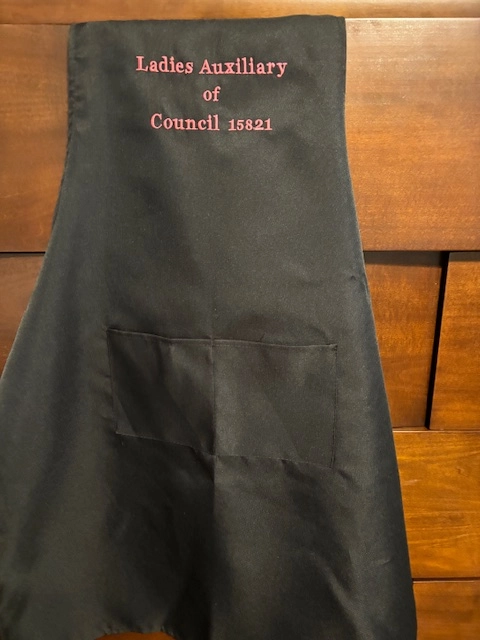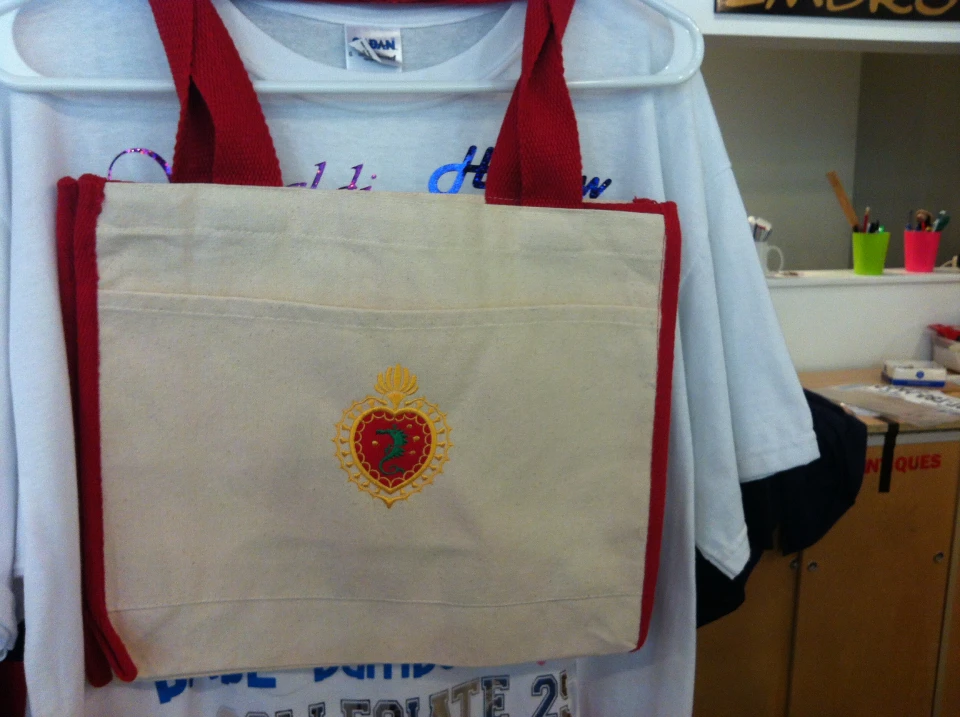The Art of Personalized Needlework: Unlocking the Keys to Creating Special and Remarkable Layouts
The tricks to producing custom-made needlework designs that mesmerize the eye and leave a long lasting perception lie in a fragile balance of technique, creativity, and attention to information. As we delve into the globe of personalized needlework, we uncover the nuanced interaction between string option, sew complexity, and design customization that boosts a mere garment to a work of art.
Choosing the Right Needlework Threads
When picking embroidery threads, what key factors should you think about to make certain the best outcomes for your custom-made designs? The selection of embroidery string is important in identifying the last end result of your stitched style. One of the main considerations is the product of the string. Different products such as cotton, polyester, rayon, and silk offer differing levels of luster, toughness, and texture. It is vital to choose a string material that matches the fabric you are stitching on and straightens with the preferred look of the design.
Thicker threads can include measurement and texture to your layout, while finer threads are perfect for detailed details and little text. Furthermore, considering the shade fastness and washability of the thread is essential to guarantee that your custom styles preserve their high quality and vibrancy over time.
Exploring Different Stitch Strategies
To explore the realm of 'Checking out Various Stitch Techniques', one need to grasp the complexities and subtleties that each stitching method gives the art of needlework. Different stitch strategies not only include visual passion however additionally add to the overall texture and measurement of the layout. One prominent stitch strategy is the satin stitch, which involves carefully jam-packed parallel stitches to develop a smooth and shiny surface area, ideal for loading in forms and producing bold lays out.
On the other hand, the backstitch is a flexible method usually utilized for outlining and including fine details. It entails stitching backwards to develop a strong line of needlework. Additionally, the French knot stitch includes a responsive element to designs, ideal for creating distinctive accents like blossom facilities or attractive touches.
Checking out different stitch strategies allows embroiderers to play with light, shadow, and deepness within their styles, raising the visual charm and creative high quality of their embroidery projects. By grasping different stitching methods, one can unlock unlimited opportunities for producing special and remarkable personalized needlework items.
Incorporating Personalized Style Aspects
Having actually checked out the ins and outs of different stitch methods such as the satin stitch, backstitch, and French knot, the focus now shifts in the direction of incorporating customized style elements in custom needlework tasks. Individualized style elements play a critical duty in making embroidery projects truly one-of-a-kind and memorable. One method to incorporate customization is by including initials, names, or substantial dates to the layout. This not only adds an individualized touch yet likewise improves the sentimental worth of the needlework item.
Another way to include customized layout aspects is by consisting of symbols or motifs that hold unique meaning to the recipient or show their passions and character. Including a preferred flower, pet, or hobby-related symbol can make the embroidery style a lot more significant and tailored. Furthermore, choosing shades that reverberate with the recipient or align with the desired motif can further boost the personalization of the embroidery polo shirt alterations job.
Understanding the Art of Shade Control

One key aspect of shade coordination is recognizing color theory. This consists of understanding just how different colors connect with each other, the emotions they communicate, and exactly how they can be integrated to develop aesthetically appealing styles. By using shade concept principles, embroiderers can develop unified color palettes that improve the overall appearance of the design.
Additionally, focusing on comparison is essential in color coordination. Utilizing contrasting colors can assist specific components of the layout pop, improve legibility, and create a visually dynamic needlework item. By understanding the art of color sychronisation, embroiderers can raise their styles and develop remarkable items that reverberate with clients and viewers alike.
Enhancing Appearance With Advanced Needlework Stitches

French knots, as an example, are perfect for adding little, raised dots to your style, simulating the appearance of grains or developing a distinctive surface. Bullion knots, on the various other hand, can be utilized to create twisted, ropelike elements that include an extravagant feeling to the needlework. Seed stitching includes Full Report small, scattered stitches that can complete locations with a polychromatic appearance, while turkey job produces cosy, dimensional accents evocative pet fur or foliage. Explore these advanced embroidery stitches enables you to press the limits of standard embroidery and create absolutely distinct and visually appealing structures in your styles.
Conclusion
Finally, the art of custom-made embroidery entails a mix of moved here choosing the appropriate strings, checking out various stitch strategies, incorporating customized design components, understanding shade coordination, and boosting texture with innovative stitches. By comprehending and executing these crucial elements, embroiderers can develop distinct and remarkable styles that showcase their imagination and ability. Needlework enthusiasts can open the tricks to developing attractive and bespoke pieces that attract attention and leave an enduring impression.